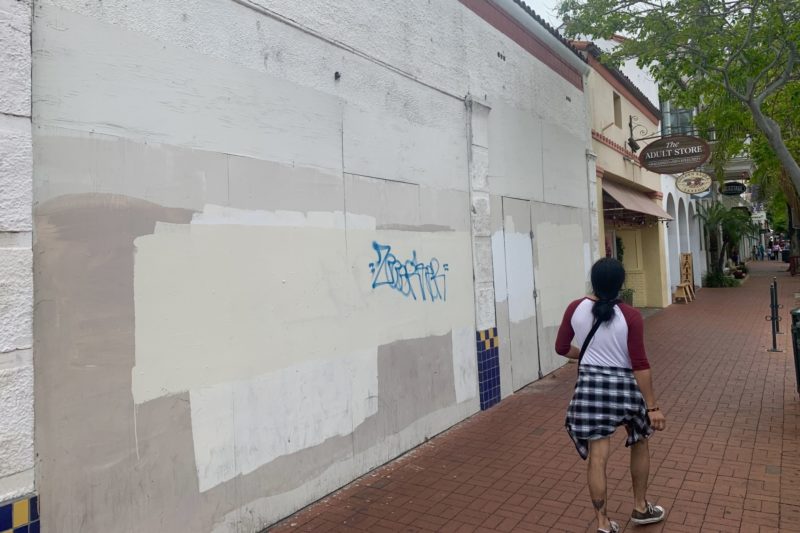
Santa Barbara is leaning toward a possible commercial vacancy tax on property owners who neglect their buildings.
It was one of the several proposals and ideas that came out of the City Council’s recent budget hearing for the Community Development Department.
Councilman Mike Jordan said commercial vacancy tax ordinances exist in other cities and are effective.
“They are a set of standards that would ensure, or be the carrot, for the parcel owner to keep his property up, keep the windows dressed, maybe rotate the lights on and off, and if they are vacant for a long period of time, they would eventually have an assessment on that property owner to help spur them along to finding a tenant to put into that place,” Jordan said.
He said such ordinances don’t exist “to punish people.”
“They are really maintenance standards put in place to resolve situations where the city becomes the defacto property owner,” Jordan said.
The council discussed the potential for a vacancy tax at its May 19 budget hearing. Councilwoman Alejandra Gutierrez was not in attendance. The Community Development Department has about an $18 million budget.
The idea came up as part of a larger discussion about downtown, the revitalization of State Street and how to address homelessness.
Mayor Randy Rowse seemed to push back against the idea of a vacancy tax because he said that commercial property owners are constantly playing guessing games about the city’s plan for State Street. With the State Street Master Plan likely to end in 2023, and the changes to follow after that, Rowse said there’s much uncertainty about the future of downtown.
“We have a situation that is not static,” Rowse said. “It is still evolving.”
Tess Harris, the State Street master planner, said she recognizes the challenges.
“We might be looking at opportunities to pilot things to understand what could work downtown and what might not work downtown,” Harris said.
In addition, Jason Harris, the city’s economic development manager hired under Paul Casey, the former city administrator, has been transferred to the Community Development Department. He still will maintain an office in City Hall, but he will be directly managed by the community development director. He will join an “Economic Vitality” team in the department that also includes a homeless programs analyst.
Jason Harris said at the meeting that he is planning to give an update on the status of the city’s economic development plan — his main assignment when hired two years ago.
Councilwoman Kristen Sneddon told him she’s ready to hear specifics.
“I want to see some real detail,” Sneddon said. “We have seen very broad stroke plans, and I think it is time to really dive deep into detail into what those are. I really think it is time to go in a deeper level here.”
In addition, the Community Development Department plans to add a full-time planning technician and zoning program manager, and eliminate a housing project manager. The department has about 12 vacancies.
The department is also planning a 5% across-the-board increase in planning, building and safety fees, as well as new and increased fees for processing accessory dwelling units. The new fees range from $180 to $1,180, depending on the complexity of the ADU permit.
The idea of a commercial vacancy tax was the biggest takeaway from the meeting.
“It’s a way so that if there is an extended building that we have some controls and we have certain standards if a building is vacant,” Councilman Eric Friedman said.
